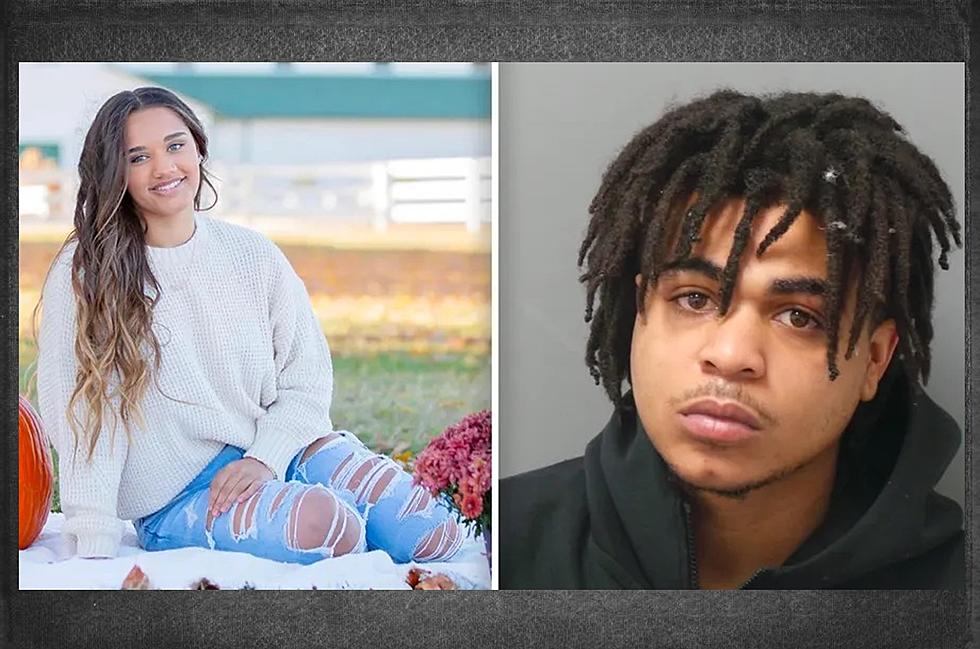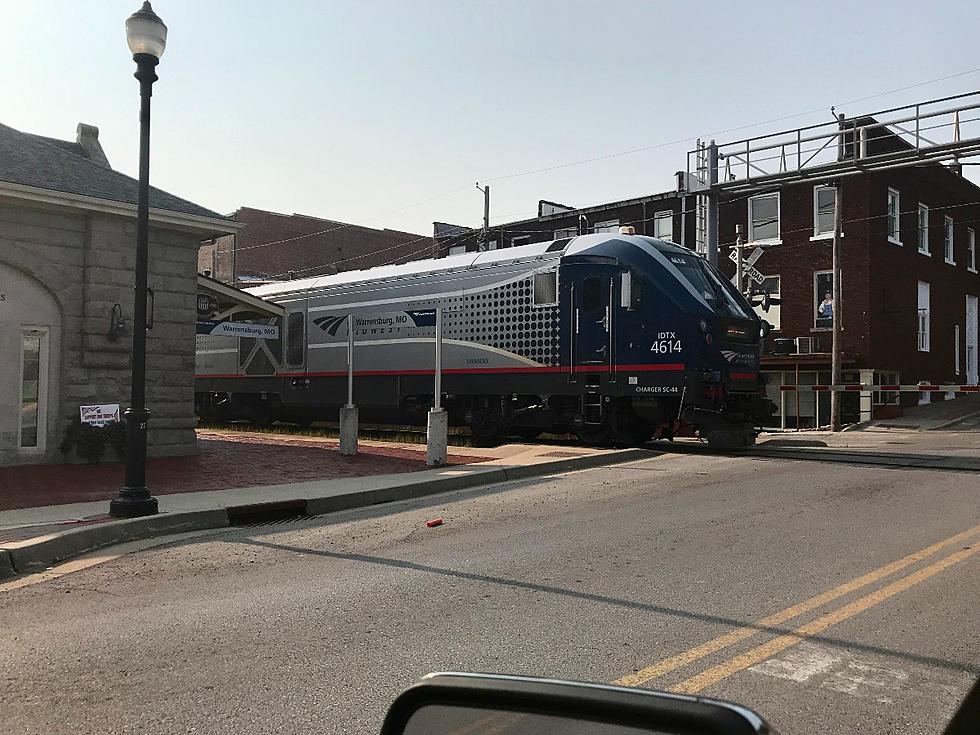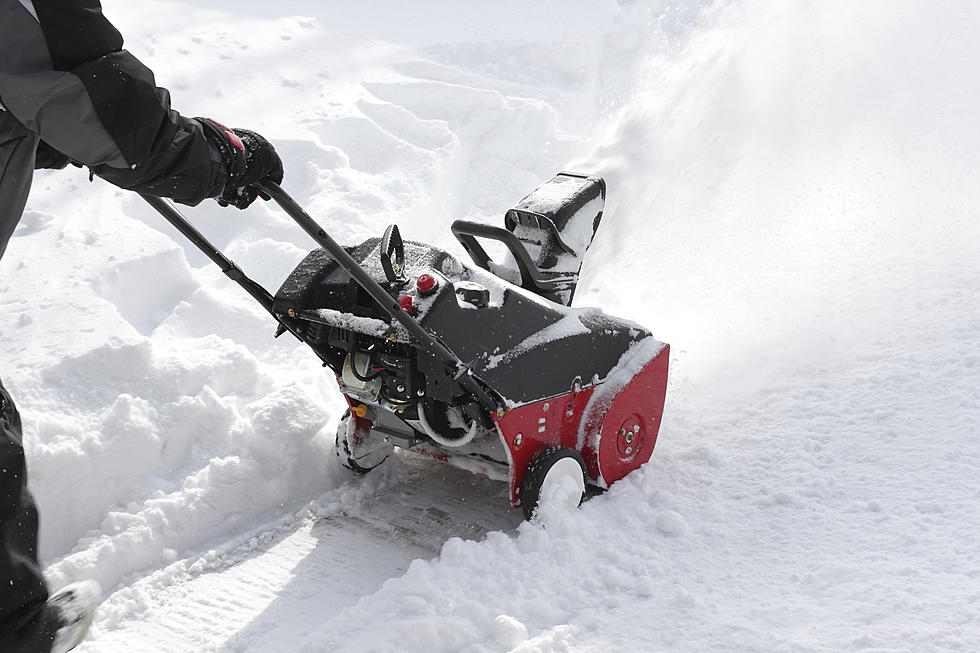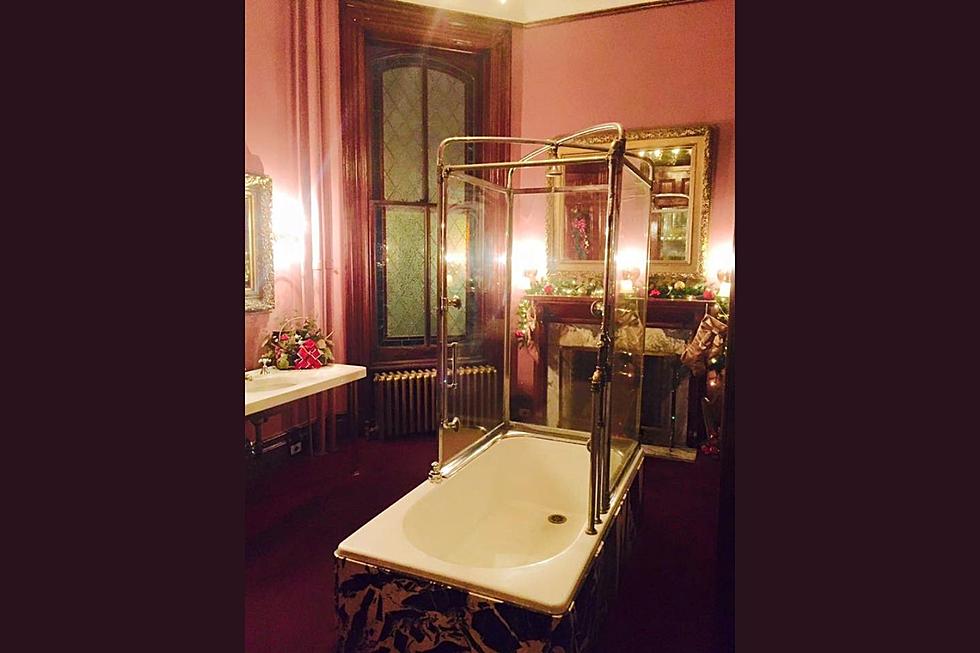
November 28, 1939: The Day Smog Darkened the Sky Above St. Louis
The sky above St. Louis wasn't always as clear and blue as in the above picture.
In fact, if you found yourself in St. Louis on Tuesday, November 28, 1939, you couldn't see five feet in front of your face. It may, arguably, have been the most polluted day in the history of St. Louis.
The St. Louis Post-Dispatch reported the following about St. Louis' infamous Black Tuesday:
The day became infamous as Black Tuesday, the worst of many smoke-choked days in what was to be St. Louis' smokiest cold-weather season. The city already was known for the nation's filthiest air, worse even than Pittsburgh's.
The air problem in St. Louis back then, was much the same as air problems today. It was all due to the coal being burned in the City to provide power and heat to homes, businesses, and transportation. And according to Wikipedia, the air pollution problem wasn't new.
St. Louis had an ordinance prohibiting thick grey smoke within the city limits in 1893. Wikipedia says The law was largely unenforceable because the City lost a legal battle with one of the ordinance's biggest offenders Heitzberg Packing and Provision Company. And the City really didn't have the personnel and juice to enforce the law anyway.
In the years leading up to 1939, the City tried to address the smog problem. According to the St. Louis Post Dispatch, in 1936 St. Louis aldermen required homes and businesses to install mechanical stokers in furnaces or wash local coal. In 1937 Mayor Bernard F. Dickmann put his assistant Raymond R. Tucker in charge of the cities smoke commissioner.
Tucker's efforts, according to Wikipedia, paid off somewhat. In 1938 emissions from commercial smokestacks were reduced by two-thirds. Yet, while Tucker's efforts got compliance with coal-related pollution reduction ordinances from big commercial businesses, they didn't cover smaller businesses and homes.
On Tuesday, November 28, 1939, St. Louis experienced a temperature inversion where cold air gets trapped under hot air. It also traps air pollution close to the ground. Which is exactly what happened that day in St. Louis.
The Post-Dispatch wrote:
Suburbanites heading to work saw a low dome of darkness covering neighborhoods east of Kingshighway. In a streetcar downtown at 8 a.m., a commuter told the driver, "Let me off at 13th and Washington - if you can find it." Motorists drove slowly with headlights on. Streetlights, still on, made ghostly glows.
According to the Post-Dispatch, Black Tuesday helped the City expand the smoke ordinance and forced everyone, including the railroads, to burn anthracite coal or install mechanical smokers. By 1946, pollution from coal had been reduced by 75%, and smoke commissioner Tucker would go on to serve three terms as the Mayor of St. Louis starting in 1953.
I can't remember a time I've been in St. Louis where I haven't experienced a gorgeous blue sky making the Mississippi riverfront and the Arch gorgeous. That doesn't mean pollution doesn't exist. The Illinois side of the river across from St. Louis is still one of the most toxic parts of the county, as my article about one toxic town there demonstrates.
And we still struggle with pollution from coal today. Just this August a federal appeals court ruled that Ameren Missouri had to spend hundreds of millions of dollars to install pollution control equipment at their Rush Island coal plant near St. Louis or shut it down according to an AP report.
Coal, and how it impacts our environment, and whether we should keep burning it or not is even part of our national energy discussion in presidential elections.
The good news, our cities, and towns are much less polluted than in the 1930s, the 1950s, the 1970s. That said, just because we don't have Black Tuesday events like St. Louis had in 1939, doesn't mean our air is as clean as it should be. The bad news, air pollution kills people, and burning coal and other fossil fuels contribute to that. And here in Missouri, we burn more coal than any other state except Texas. Think about that the next time you take a deep breath on a crisp, clear, fall day.
See 20 Ways America Has Changed Since 9/11
More From AM 1050 KSIS










